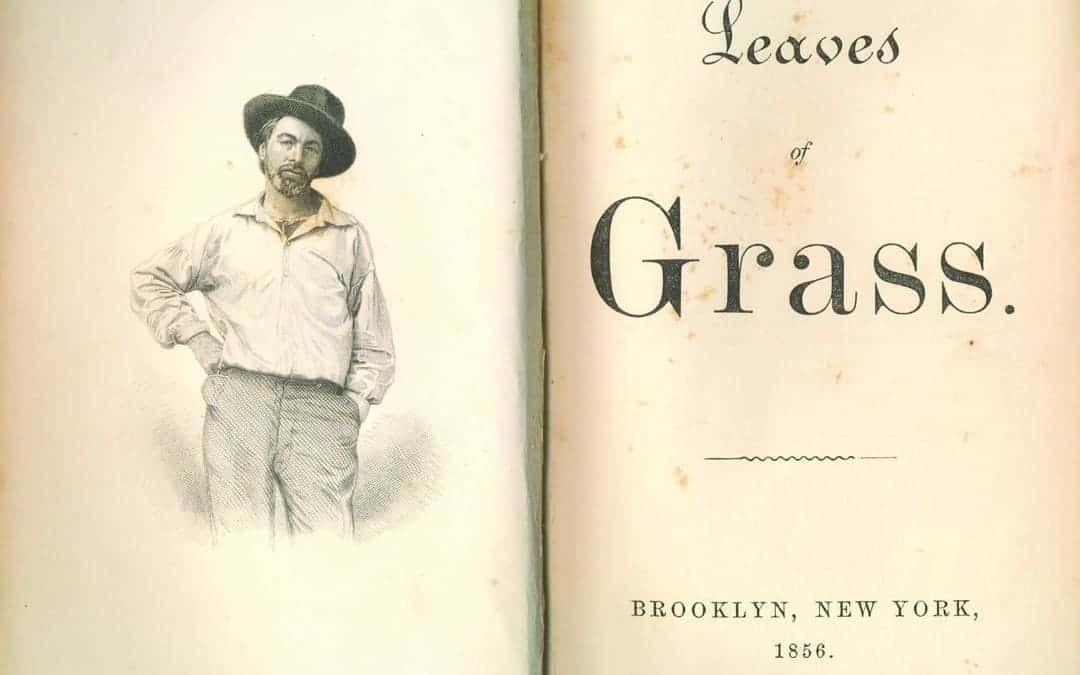Literature is replete with so many classics that it’s tough to know where to begin. Here, in no particular order, are 10 more books to read before you graduate college!
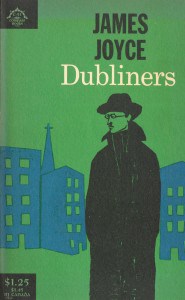 1) Dubliners, by James Joyce
1) Dubliners, by James Joyce
This collection of short stories by James Joyce is the perfect introduction to his work. Published in 1914 and set in Ireland, Dubliners explores middle class life from the childhood to middle- and old age. The writing is beautiful and epiphanic as the characters struggle to understand each other and themselves. This is a book about life, and it shouldn’t be missed.
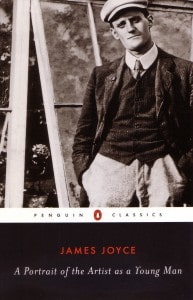 2) A Portrait of the Artist as a Young Man, by James Joyce
2) A Portrait of the Artist as a Young Man, by James Joyce
Another book by Joyce that’s more accessible than his often-cryptic masterwork Ulysses, A Portrait of the Artist as a Young Man is a semi-autobiographical exploration of Joyce’s life as a writer. The work occupies and typifies the subgenre of the Bildungsroman (“novel of formation/education”) known as the Künstlerroman (or “artist’s novel”). Writing in an early Modernist style, Joyce charts the intellectual and religious growth of Irishman Stephen Dedalus, chronicling the events that lead to him leaving his native country. Anyone interested in the lives of writers or artists in general ought to read this book!
3) A Clockwork Orange, by Anthony Burgess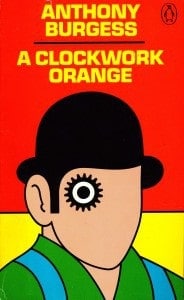
An innovative, unsettling classic, Anthony Burgess’s A Clockwork Orange explores the nature of violence, crime, and rebellion through the eyes of Alex, a teenage hoodlum with a passion for Beethoven. The novel is written in a russified version of English of Burgess’s own invention called “Nadsat” (Russian for “teenager”). One you settle into the language, which is at once bizarre and strangely familiar, you won’t be able to put this one down. The movie version, by Stanley Kubrick, is almost equally incredible.
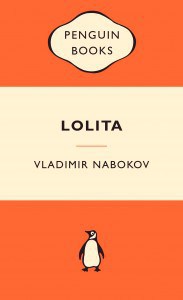 4) Lolita, by Vladimir Nabokov
4) Lolita, by Vladimir Nabokov
A shocking and controversial book, Lolita is widely considered to be one of the greatest and most influential novels of the 20th Century. Although it regularly appears on “Best novel” lists (Modern Library, Time), this novel risks offense due to the nature of its subject matter: an older man’s love for a young girl. But Lolita is not merely sensational: it’s a classic that has proven to withstand the test of time. Gorgeously crafted, ironic and sarcastic, it offers us a frightening and highly critical glimpse into a twisted mind. Frequently banned and best read in college, this book survives as a tragicomic satire of American culture.
5) Lord of the Flies, by William Golding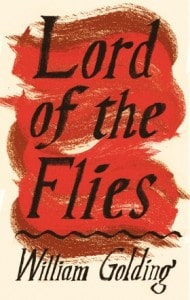
This book gets kids thinking: are we inherently selfish? What will we do to survive? Set on a deserted island, Lord of the Flies traces the stories of boarding school boys who’ve been stranded there after a plane crash. Their attempts to survive and to govern themselves quickly turn south, making this dystopian novel an unforgettable and intense read.
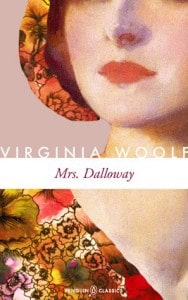 6) Mrs. Dalloway, by Virginia Woolf
6) Mrs. Dalloway, by Virginia Woolf
No list of classics would be complete without a novel by Virginia Woolf, all of whose books are exquisite. Set in England after the first World War, Mrs. Dalloway plays expertly with the conventions of narrative to explore the inner and outer workings of the title character’s life and mind. Woolf employs stream-of-consciousness techniques and flashback to construct a highly poeticized response to Joyce’s Ulysses, one that has earned Mrs. Dalloway its place as a Modernist classic.
7) The Call of the Wild, by Jack London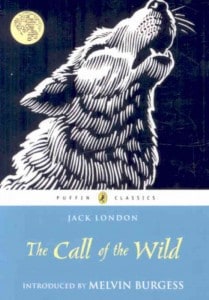
This book renders the concept of a novel about a dog obsolete as it explores the life of Buck, a St. Bernard-Scotch Collie. Buck is sold into service as a sled dog in the Yukon during the Gold Rush. As Buck passes from owner to owner and struggles to survive, we cannot help but feel that sometimes, dogs are more human than us. If you’re skeptical of the novel’s premise, don’t be: just read it!
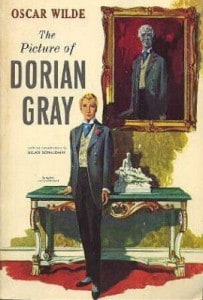 8) The Picture of Dorian Gray, by Oscar Wilde
8) The Picture of Dorian Gray, by Oscar Wilde
Playwright Oscar Wilde’s only novel is a triumph of aestheticism and philosophy. Written toward the turn of the century, The Picture of Dorian Gray deals with themes of beauty, youth, and narcissism. Echoing Goethe’s Faust, The Picture of Dorian Gray’s title character sells his soul for immortality. The book goes on to chronicle Gray’s decadent lifestyle and fractured relationship with his own image. A Gothic masterpiece, this book, too, is immortal.
9) Leaves of Grass, by Walt Whitman 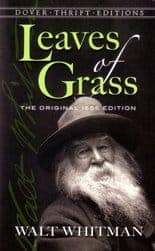
The greatest American poet, the father of American poetry, Walt Whitman ascended to his rightful place in literature in the years that followed the publication of Leaves of Grass. He revised the book throughout his lifetime, and the first edition as well as the “deathbed edition” are worth exploring. A study of the self, the soul, the democratic spirit, love, and brotherhood, Leaves of Grass is unmatched. Even if you don’t like poetry, read it. You’ll be surprised.
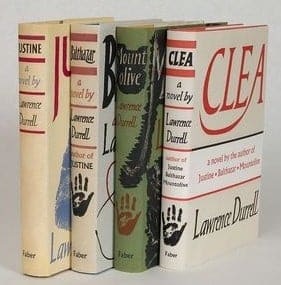 10) The Alexandria Quartet, by Lawrence Durrell
10) The Alexandria Quartet, by Lawrence Durrell
Not as widely-read today as it was during its heyday, The Alexandria Quartet is a series of four books, each from a different character’s perspective. It’s a masterpiece about love, a fantastic exploration of the bonds we share—and break. Set in Egypt around World War II, Durrell’s masterwork amounts to a linguistic feast. Highly metaphysical, the Quartet broke new ground for its incorporation of ideas found in quantum mechanics. If you haven’t heard of it, now you have!
That’s it for today! Time to hit the library…
